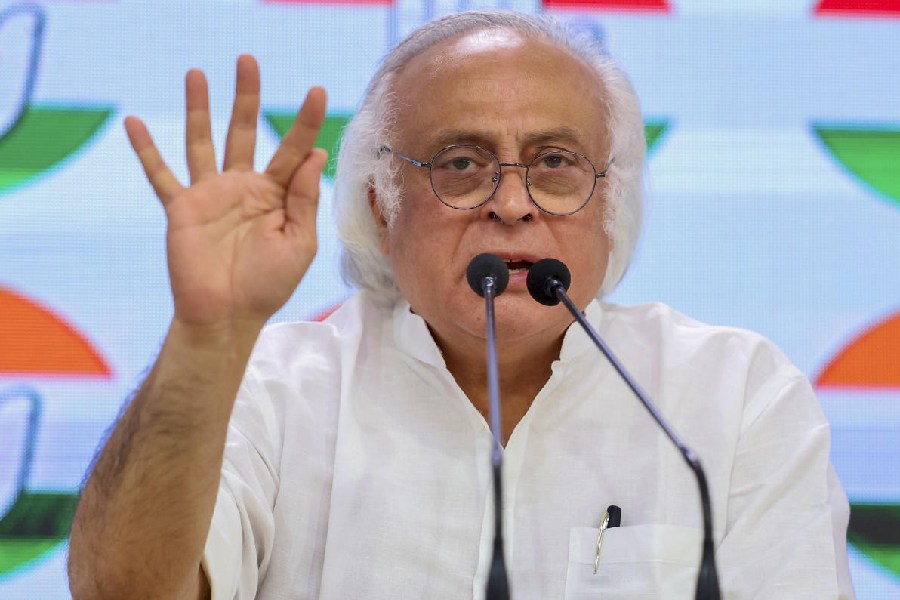The bionic man is no longer just a character in the realm of science fiction. Neuralink, the neurotechnology company owned by the tech billionaire, Elon Musk, implanted its brain-computer-interface chip in a human being for the first time. Neuralink’s mission, it asserts, is two-fold: treating physiological disorders related to the brain and, eventually, fusing human consciousness with Artificial Intelligence. BCIs can record and decode brain activity with the aim of allowing a person, say, with severe paralysis, to control a computer, robotic arm, wheelchair or other devices through thought alone. Neuralink’s claims are audacious and make revolutionary promises but, as is typical of Mr Musk, are also shrouded in opacity when it comes to producing tangible evidence. So far, the only thing that Neuralink has been able to do is build on technology that emerged in the 1970s and make some primates play rudimentary video games without moving a muscle. This might seem fascinating in a brief YouTube clip — the only evidence of success that Neuralink has provided — but it says very little about critical issues, such as safety and potential health hazards.
The lack of quantifiable data has consolidated prevailing concerns. For instance, a lawsuit by an animal rights group revealed high mortality among implanted animals owing to surgery-related infections or other complications. Moreover, medicine, especially in the West, is littered with instances of companies prioritising profit over patient safety with the aid of weakened regulatory oversight. Questions also remain about the affordability of a technology with potential benefits for medical science that is the outcome of prohibitively expensive private research. In contrast, the Oxford-AstraZeneca Covid vaccine, developed with public funds from multiple countries, was far more affordable that added to its accessibility.
But there is no doubting the direction of cutting-edge technology. Neuralink’s fusion of human and AI or, to cite another example, Metaverse’s continuing endeavour to break the barrier of immersive technology, bears evidence of humanity’s ability to stretch the frontiers of technology in unprecedented ways. But great power comes with great responsibility. The harnessing of such radical technology must be complemented by a renewed engagement with the template of ethics. As science and technology change the future of humanity, fuzzing the lines between real and augmented worlds, there must be new ways of interpreting not only what constitutes the humanity but also its attendant clauses, such as freedom, privacy, democracy, liberty, so as not to lose sight of the basic civilisational parameters. Panic — the luddite’s weapon — about evolving technology must be jettisoned in favour of a rigorous appraisal of technology’s capacity for mischief. After all, BCIs can detect, record and transmit even the intangible, rendering human thoughts vulnerable. The unveiling of an Orwellian future of surveillance and authoritarianism — the flavour of global politics of the times — can be prevented by drawing global, consensual, comprehensive red lines on privacy and data legislation. Worldwide efforts to rein in the rogue aspects of AI are unfolding at the moment. These must be consolidated so that Metaman does not enslave Man.











